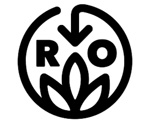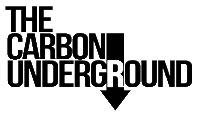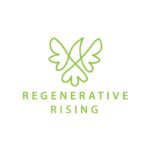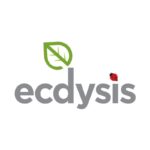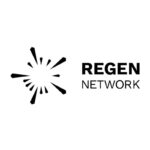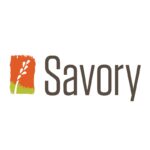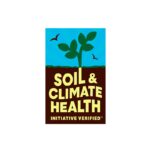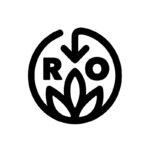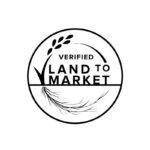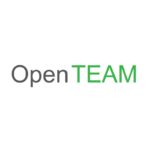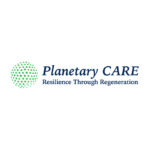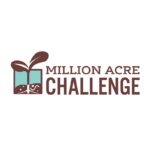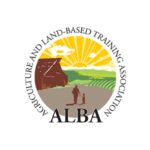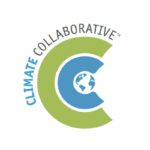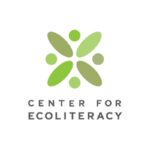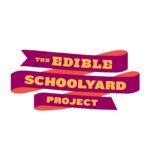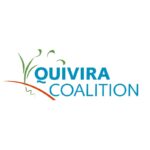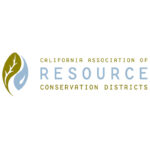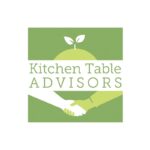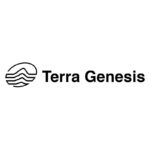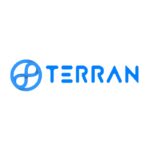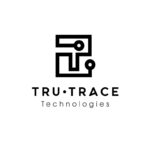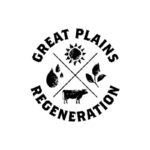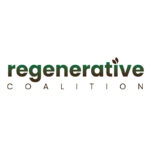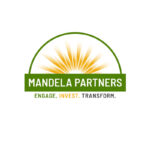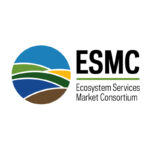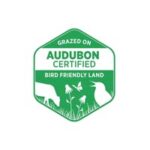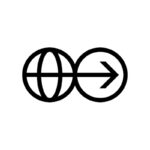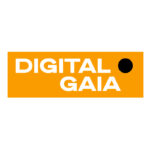Catalyzing Regenerative Transition
We are on a mission
to regenerate from the ground up!
Regenerative agriculture is a systems and place-based approach to agriculture that restores ecosystems, communities, and economies. It builds healthy soils, reduces air pollution, conserves water, and increases biodiversity while promoting equity and public health.
By simultaneously storing carbon, reducing emissions, and reducing inputs, regenerative agriculture supports both mitigation and adaptation to climate change, builds ecological and economic resilience, and empowers farmers and ranchers to produce more delicious, more nutritious foods that support happier and healthier communities.
Farmers First
We have engaged farmers and ranchers since our inception to co-create and provide feedback on the onboarding, scoring, and verification processes — seeking to find a balance between quantitative and qualitative metrics; rigor and accessibility. We are committed first and foremost to data ownership and privacy for our farmers and ranchers.
Evidence-Backed
In collaboration with scientists, cooperative extension agents, technical assistance providers, and conservationists we have developed a model that is grounded in sound science and on-the-ground experience. Our on-going versioning process allows us to evaluate and integrate the latest science as it becomes available.
Place-Based
While the principles of regenerative agriculture are universal, their application is inherently place-based: a response to specific soil types, production systems, climates, and cultures. Practices that work on one farm or ranch may not work elsewhere and impacts will vary by context.
Market Driven
With input from stakeholders across the value chain, we have identified five ecosystem benefits that consumers and industry are eager to support. We have developed a program that provides the data and streamlined reporting that packers, processors, restaurants, retailers, food service providers, food brands, farmers markets and more; need to justify a purchasing decision!
There are many roads to regenerative...
RegenScore meets growers where they are
and takes them on
a journey of continual improvement.
transitional
Time limit: 2 years
Minimum of 1 practice
No monitoring required
Access to transitional finance only
Continual improvement
Time limit: 5 years
Minimum of 3 practices/principles
Monitoring 1 out of 5 outcomes
Access to finance + markets
Regenerative
Time limit: Unlimited
Minimum of 6 practices/principles
Monitoring 3 out of 5 outcomes
Access to finance + markets
RegenScore is a unified, adaptive framework that recognizes and integrates all approaches to agricultural management, monitoring and verification; assigning a numerical value to farms and ranches and translating detailed information on practices and outcomes into an accessible, engaging format for purchasers and consumers.
transitional























How does it work?


Data Entry/Verification
A Holistic Approach to Regenerative
Farmers and Ranchers input data about their operations (background info, practices, and outcomes) using a secure, private and accessible onboarding tool. For each data input, they will be prompted to upload verification (i.e. certifications, ISO verification, 3rd party affidavit, photos/videos, laboratory data, remote sensing/model outputs) or indicate that they are self-reporting.
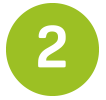
Scoring Algorithm
An Integrative, Adaptive Framework




Populating Profiles
Share Data with Anyone, not Everyone!
A detailed visual profile for professional supply web and marketplace specialists and a synthesized, consumer-friendly digital story are generated. Visibility of data on our platform is determined by each producer. Producers may also authorize their data and profile to be shared directly (via API) with other organizations – reducing the burden of data entry.
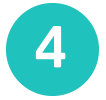
Access to Multiple Resources
Reducing Barriers to Transition
With a RegenScore, producers gain access to our regenerative resource module which connects them to technical assistance, grants, and other financing opportunities, including our Regenerative Transitional Finance Fund (in partnership with Zero Foodprint). Producers in the Continual Improvement and Regenerative category also gain direct market access.










• No-till
• Strip/zone tillage
• Shallower/less frequent tillage
• Residue preservation
• Agroforestry/perennial systems
• Cover cropping
• Multi-species cover cropping
• Intercropping
• Surface Mulches
• Perennial Plantings
• Irrigation scheduling
• Soil moisture sensors
• Subsurface Drip Irrigation
• Deficit Irrigation
• Dry Farming
• Tile Drains
• Bioswales
• Use Soil Testing
• Variable Rate Applications
• Precision Irrigation System (Fertigation)
• Avoid Applying Before Rain/Wind Event
• Produce Compost On-Site
• Integrate Livestock/Organic Amendments
• Integrated Pest Management
• Reduced herbicide use
• Reduced fungicide use
• Reduced diesel use
• Diversify Crop Rotations
• Plant Hedgerows/Windbreaks
• Maintain Riparian Buffers
• Plant Pollinator Strips
• Bring in Bee boxes
• Owl boxes, Raptor Perches
• Support BIPOC, Women-, and Veteran Owned
• Employee benefits (health care, pension, etc.)
• Equal Opportunity Hiring
• Sufficient breaks/time off
• Extra Pay for Night-Shifts
• Annual bonuses and/or Profit Sharing
Outcomes: All Regenerative Things Considered
the regenscore framework produces 5 ecosystem benefit scores
RegenScore is the antidote to carbon tunnel vision. As there is still great uncertainty as to the potential for regenerative management to sequester soil carbon and mitigate GHG, RegenScore diversifies your portfolio, reducing the risk of incentivizing practices that do not generate the outcomes you desire.











Healthy soils, healthy plants, healthy people, healthy planet!
By building soil organic matter (SOM) and improving overall soil health, regenerative agriculture provides adaptation and resilience to climate change. t greater pest/disease resistance, increased water storage and drought tolerance, and improved yield stability.

A breath of fresh air.
By maximizing photosynthesis, regenerative agriculture has the potential to sequester carbon (in soil organic matter and woody biomass), drawing down and mitigating GHG emissions. By maintaining constant ground cover and reducing disturbance, regenerative agriculture reduces soil loss/erosion and dust pollution (PM2.5/10) that contributes to poor air quality.

An idea that holds water
By building SOM and keeping roots in the ground, regenerative systems allow more water to infiltrate, resulting in less overall water use, less water running off-site, and less soil, nutrients, and herbicides/pesticides ending up downstream along with it.

As above, so below.
By implementing practices that promote aboveground biodiversity, regenerative systems promote belowground biodiversity; building robust food webs from soil to the ecosystem scale. Soil is home to ¼ of the world’s biodiversity; 95% of which remains to be discovered!

Coming together on common ground.
Regenerative systems recognize the history of a place, including native lands and the indigenous origins of those working its lands. They also empower farmers and ranchers to lead as decision-makers and problem-solvers, and promote farmer autonomy by working to ensure that farmers are paid for the foods they produce as well as the ecosystem benefits they provide.


Healthy soils, healthy plants, healthy people, healthy planet!
By building soil organic matter (SOM) and improving overall soil health, regenerative agriculture provides adaptation and resilience to climate change. t greater pest/disease resistance, increased water storage and drought tolerance, and improved yield stability.


A breath of fresh air.
By maximizing photosynthesis, regenerative agriculture has the potential to sequester carbon (in soil organic matter and woody biomass), drawing down and mitigating GHG emissions. By maintaining constant ground cover and reducing disturbance, regenerative agriculture reduces soil loss/erosion and dust pollution (PM2.5/10) that contributes to poor air quality.


An idea that holds water
By building SOM and keeping roots in the ground, regenerative systems allow more water to infiltrate, resulting in less overall water use, less water running off-site, and less soil, nutrients, and herbicides/pesticides ending up downstream along with it.


As above, so below.
By implementing practices that promote aboveground biodiversity, regenerative systems promote belowground biodiversity; building robust food webs from soil to the ecosystem scale. Soil is home to ¼ of the world’s biodiversity; 95% of which remains to be discovered!


Coming together on common ground.
Regenerative systems recognize the history of a place, including native lands and the indigenous origins of those working its lands. They also empower farmers and ranchers to lead as decision-makers and problem-solvers, and promote farmer autonomy by working to ensure that farmers are paid for the foods they produce as well as the ecosystem benefits they provide.
RegenScore has engaged farmers and ranchers to participate in and provide feedback on the on-boarding process, as well as the approach to verification — seeking to find a balance between quantitative and qualitative outcomes, science and practice, and data for market validation versus data to inform management. Our farmer/rancher advisory panel ensures that the process remains accessible and inclusive with a commitment to complete data privacy, data autonomy, and a reduced burden of data entry – enter data once, use it multiple times!
Pilot Pioneers
Our pilot included 75+ Northern California farmers and ranchers, one third of whom are BIPOC producers
RegenScore 1.0 Framework
RegenScore is designed to be adapted to different agricultural regions and production systems; in collaboration with on-the-ground experts
Expansion
We are currently adapting RegenScore to small grains in the Great Plains and tree nuts in the Central Valley of California. Next up is Maryland, Virginia, New Mexico; then the entire US and beyond!
Onboarding
Through the USDA Partnership for Climate Smart Commodity grants, 1,200+ additional farms will be onboarded from 2023 to 2026

In my 35 years of farming experience, I had never seen a system so complete, so integrated and farmer-centered as RegenScore. It has great promising potential.
Scott Park
Park Farming Organics
Sutter County, CA

We envision a healthy, localized food system based on food sovereignty, work with dignity, and stewardship of the environment.
Mireya Gómez-Contreras
Esperanza Farms
Santa Cruz County, CA

Regenerative agriculture restores biodiversity above and below the ground.
Doniga Markegard
Markegard Family Grass Fed
San Mateo County, California

Honesty, transparency and quality are cornerstones of our philosophy.
Loren Poncia
Stemple Creek Ranch
Marin County, CA

We incorporate regenerative practices into every aspect of our operations.
MacNamara Family
Sierra Orchards
Yolo County, CA

After 12 years as a farm laborer in the Central Coast region in California, I became curious about becoming a grower and wondered about the possibility of working for myself. I was drawn to the opportunity to grow organic and natural produce.
Guillermo Lázaro
ALBA Farmers
Monterey County, CA

We’ll accept no compromise: great foods, vibrant soils, healthier planet.
Rachel Krach and Greg Massa
Massa Organics
Butte County, CA


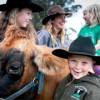

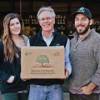

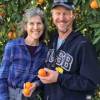
Marketplace Alliance
Marketplace Alliance
Our marketplace alliance, RegenMarkets, brings together leaders from key purchasing groups, including retailers, e-commerce, wholesale/distribution, consumer packaged goods, food service providers, restaurants/hospitality, home delivery services, food hubs, and farmers markets to adapt the RegenScore framework and develop marketplace commitments. End-users/purchasers will receive an embeddable, integration-ready module that translates producer’s data. Members of our marketplace alliance will also be provided with ready-to-go, consumer-facing digital stories to inform their customers and to offer them tools to engage deeply with their regenerative efforts.



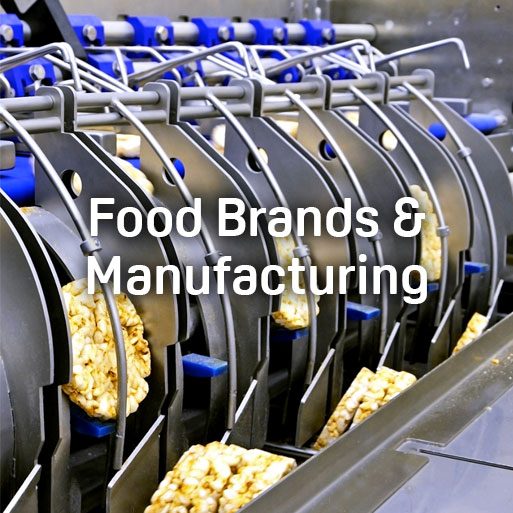
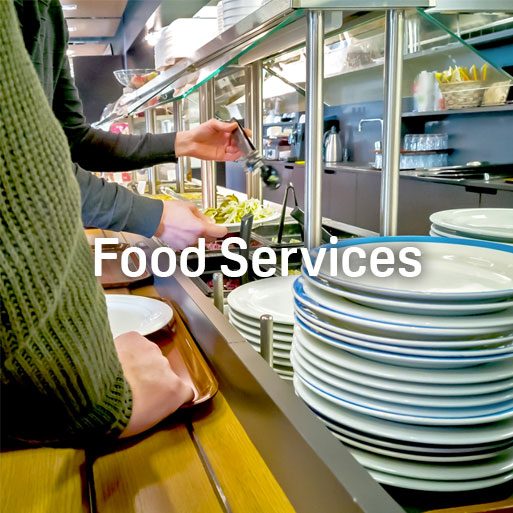
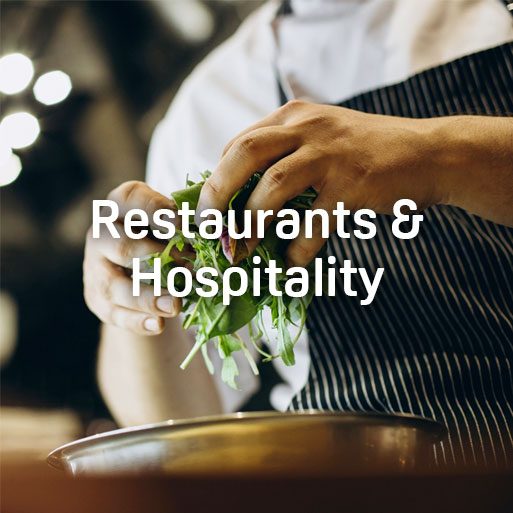

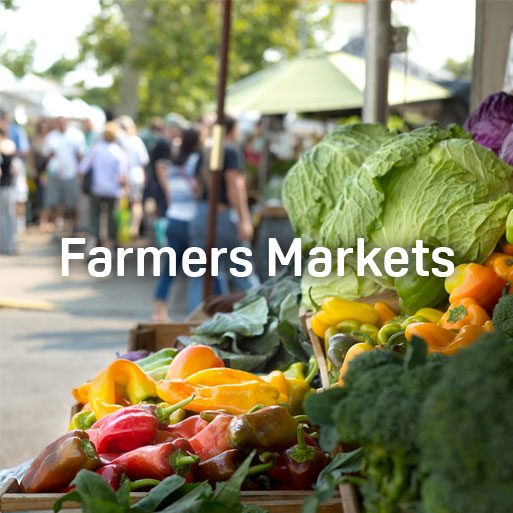
Science, standards and verification alliance
The Framework
RegenScore uses a participatory approach that brings together stakeholders from across the value chain but within a specific region and production system. Participants align on core principles, adapt potential practices and outcomes to their unique context, and lay the foundation for supply chain pilots!
The Science
Each scoring adaptations includes a systematic literature review and an expert elicitation. We use multi-criteria decision analysis to evaluate the impact of various practices on outcomes of interest, as well as the rigor of various metrics, methodologies, and sampling designs for measuring outcomes.
Verification
Rather than dictating one approach, RegenScore allows growers to verify practices and outcomes using multiple sources: certifications/standards, 3rd party affidavits, ISO certified verifier, photos/videos, remote sensing, modeling. The rigor of the approach (and thus, fidelity of the data) is factored in to the final RegenScore.
Scientists and research labs, verification entities, certifiers, innovators, regenerative standards developers and advocates.
All are welcome to our alliance.

